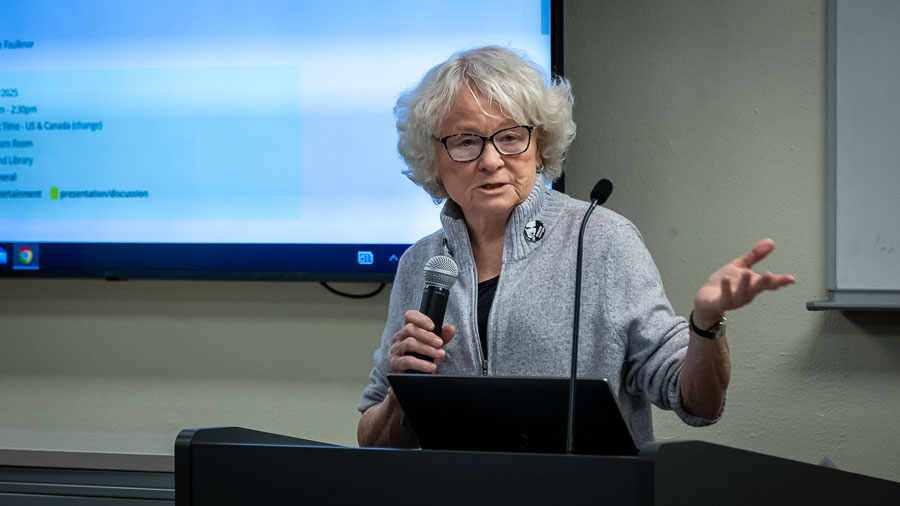OTHER VIEWS: State economic, population trends raise eyebrows
Published 5:00 am Wednesday, November 22, 2023

- other views logo
Oregon’s economy is in stable condition. So are state revenues and Oregon’s population.
That’s not bad news. Neither is it marvelous news. As my former editor Bill Church hammered into me, there is no such thing as civic stasis. A community, including a state, always is either strengthening or weakening. (The same holds true for businesses, institutions and organizations.)
In releasing their quarterly economic and revenue forecasts, state economists described the current two-year budget period as one of stagnation.
The more-or-less good news is that Oregon legislators are projected to have $375 million more to spend during the 2023-25 budget cycle than was expected when the Legislature adjourned in June. The bad news is that future revenues are expected to decline slightly compared with previous predictions.
And, if you’re wondering whether another income tax kicker is headed your way, there’s a chance— although almost certainly not as big as the record refunds that Oregonians will receive when filing their 2023 personal income tax returns.
Responses from the state’s political leaders were politically predictable.
Not getting enough media attention was what State Economist Mark McMullen and Senior Economist Josh Lehner said about Oregon’s population growth: It’s stalled. Deaths will continue to outnumber births for the foreseeable future. Any population growth must come from people moving here. But more folks are exiting Oregon.
The U.S. Census Bureau contends Oregon lost residents during 2021-22.
“What if things have fundamentally changed? What if things are permanently different here in Oregon?” McMullen said. “The only other time we’ve ever seen population declines [was] in the early ’80s with the mill closures. But that was fundamentally different than where we are today because people left when there were no jobs, right? Today we’re having people migrate out and there are plenty of jobs.”
Rep. E. Werner Reschke, R-Klamath Falls, was one of only four legislators present.
“So back in 2019 and 2020, I was kind of a dog on a bone about inflation. I’m going to be a dog on a bone about population going forward in the sense that without a growing population, it’s hard to grow your economy,” he told the economists. “And so my question to you is, do we have good data to understand who’s coming and who’s leaving?”
The answer, as the economists detailed in their 74-page report: “It is a little bit of everyone. Net out-migration is approximately half children and half adults, which speaks to families leaving. It is also about 50-50 in terms of white, non-Hispanic and BIPOC Oregonians, which does mean it is disproportionately people of color leaving. It is likewise about half college graduates and half non-college graduates, which means it is disproportionately adults with college degrees leaving. …
“If there is one silver lining to the 2022 migration data it is the fact that 18-24-year-olds continued to move to Oregon in greater numbers than moved away. … If young adults continue to move here, and then as they age into their root-setting years (25-34 years old), which is when people begin their careers in earnest, settle down, get married, buy a house, have kids, and the like, then that is a bright spot for Oregon’s future labor force and overall economic growth.”










